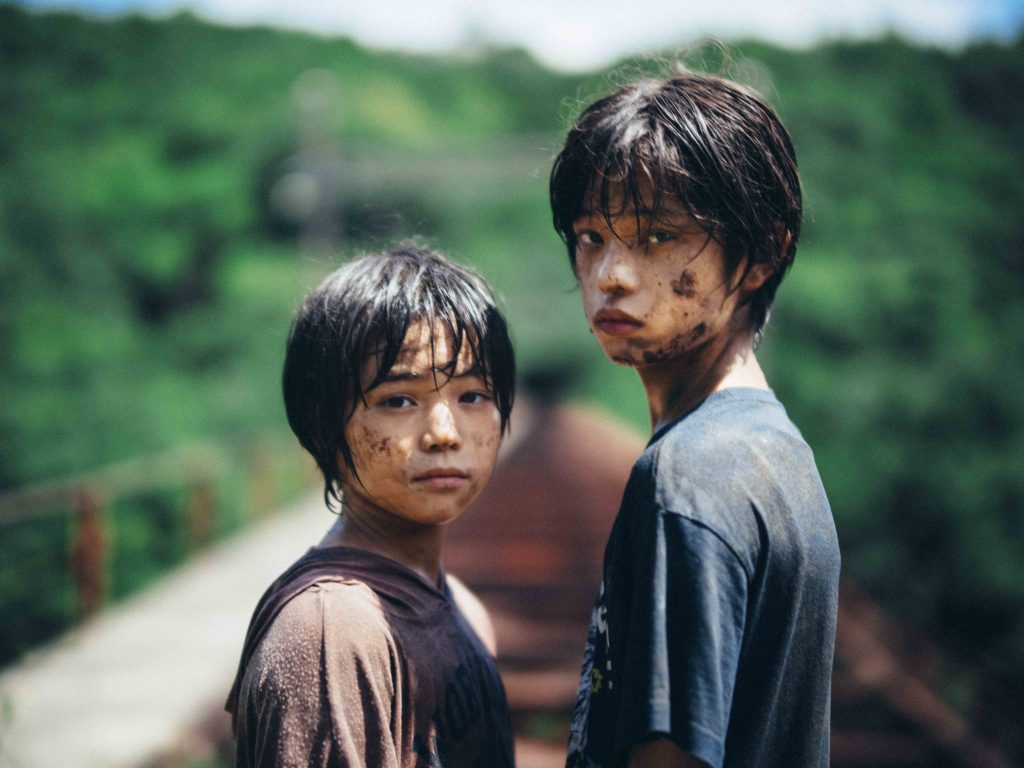Dynamic Pricing
ARC’s policy is to set ticket prices based on demand, like budget airlines, which means we set a price when the event goes on sale and then sometimes put the price up or down depending on how the show is selling. Usually, the price will increase as we get closer to the event, so it is advantageous to book in advance, although sometimes we will put special offers on and reduce the price. Our website will always show the current ticket price.

ARC’s theatre and dance performances are priced on a Pay What You Decide basis, which means you don’t have to pay until after you have seen a show!
We want to encourage more people to come and see shows at ARC, more often. Pay What You Decide not only allows you to pay what you can afford, rather than a fixed ticket price, but also removes the financial risk of buying a ticket for a show in advance without knowing whether you are going to enjoy it or not.
Tickets are available to book in advance as usual, but there is no obligation for you to pay until after you have seen the show. You can then decide on a price which you think is suitable based on your experience, which means if you haven’t enjoyed it at all, you don’t have to pay anything.
All money collected will help ARC pay the artists who have performed, and we therefore hope you will give generously.
Please ensure you have arrived and collected your tickets 15 minutes before the show starts in order to secure your seats. At the end of the show, you can decide what to pay, either by cash on the door or by card at the Box Office.
In Japanese with English subtitles.
★★★★ Time Out | ★★★★ Financial Times | ★★★★ BBC Culture
Mysterious and deeply moving, Monster is a breathtaking piece of cinema from master director of Broker and Shoplifters Hirokazu Kore-eda!
When her young son Minato starts to behave strangely, single mother Saori knows that there is something wrong. Discovering that one of his teachers might be responsible, she storms into the school demanding answers. But as the story unfolds through the eyes of mother, teacher and child, shocking truths begin to emerge.
A timely tale of family, false impressions, and, ultimately, hope, Kore-eda’s typically sensitive work features powerful performances by Ando Sakura, Tanaka Yuko and Nagayama Eita, and a sublime score from the Oscar-winning composer Ryuichi Sakamoto.

“Breathtaking” – Vanity Fair
“Crafted by a master at the very top of his game” ★★★★★ – Flickering Myth
“A masterclass in mystery” – The Film Stage
“Remarkable” – Film Inquiry
“Extraordinary” ★★★★ – CineVue

-
Seating accessibility information
Cinema
Seat size
Seats in the Cinema are 45cm (172/3“) wide and 46cm (18“) deep, are 40cm (152/3“) from the floor, and have 12cm (42/3“) between seats.
Armrests
Seats in the Cinema have armrests that do not fold away, and cannot be completely removed.
Legroom
Seats in the cinema have 30cm (112/3”) of legroom in front of seats, with additional legroom on row A and seats B1-B4 and B11-B14.
Further information
If you have any questions about accessibility our Box Office team are always happy to help and can be contacted on 01642 525199 or by emailing [email protected] - you can also tell us about your access requirements when prompted to do so during the online booking process.
-
BBFC rating information (may contain spoilers)
Violence (3/5)
A man drags his son into the house and beats him off-screen because of his sexuality. The boy is subsequently discovered fully clothed and unconscious in a bathtub with dark bruises across his back. A character grabs a colleague and pushes him against the wall. A teacher faces allegations of physically assaulting a child, including twisting his arm and hitting him. He is also accused of directing cruel remarks towards a student. However, it emerges that these allegations are false.Threat and horror (2/5)
Characters search for a missing child during a storm.Language (2/5)
Mild bad language (‘crap’, ‘piss’) occurs, as well as very mild bad language (‘hell’, ‘butt’).Sex (3/5)
A woman tells her boyfriend they cannot have sex without a condom, however, he initially jokes that they will be fine without one. Milder references include those that discuss a character visiting a ‘hostess bar’.Discrimination (3/5)
A gay boy tells his friend that his father believes he has a disease that should be ‘cured’. Characters are subjected to homophobic bullying from their classmates for showing affection to one another.Injury detail (2/5)
A character wears a slightly blood-stained bandage over his ear. Blood drips from a boy’s nostrils onto the floor following an accident.Suicide (3/5)
An adult character prepares to take his own life in public, however, he stops himself from doing so. A boy suddenly throws himself out of a moving car amid struggles over his sexuality. He subsequently receives medical treatment and is shown with scratches across his limbs.Dangerous behaviour (2/5)
A child uses a lighter to set fire to a dead cat, however, his friend quickly extinguishes it and his behaviour is clearly disapproved of. There are also references to a child being responsible for a possible arson attack.Theme (2/5)
References are made to a child dying in a tragic car accident. A grieving child discusses the concept of rebirth following his father’s death. The theme of bereavement is dealt with sensitively.

